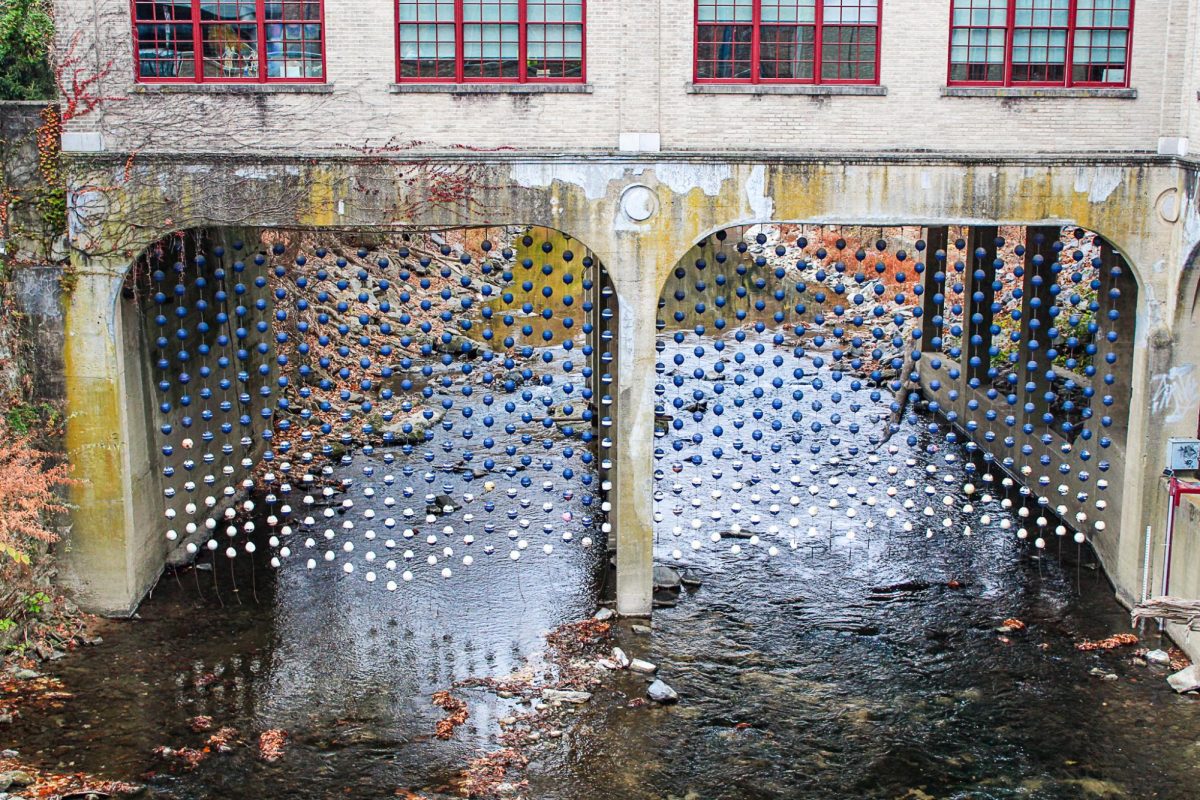A severe drought affecting both the Lehigh Valley and surrounding areas is ongoing, leading to decreased water supply levels and a higher possibility of wildfires.
According to the National Integrated Drought Information System, Northampton County recorded its driest October in over 130 years, decreasing 3.44 inches below average. Allentown, Pennsylvania — as reported by the National Weather Service in Mount Holly, NJ — recorded just 0.02 inches of rain that month.
“Droughts occur when we experience below average rainfall within an area, which is usually a result of weather patterns and other complex atmospheric phenomena,” wrote Christa Kelleher, an assistant professor of civil and environmental engineering and a hydrologist, in an email.
“Initially, we will only notice below average precipitation, but as drought impacts progress over longer periods of time, we’ll begin to notice more impacts to the water table and streamflow,” she explained. “Droughts are natural, but can be exacerbated by human activity, including climate change.”
Ian Kindle, the chair of the Easton Environmental Advisory Council, specifically referenced the Blue Mountain Wildfire, which affected 600 acres of forest on the Blue Mountain at Lehigh Gap last month, as a consequence of the drought.
The wildfire occurred just three weeks after the City of Easton issued a fire ban. The ban prohibited open flames and burning until further notice.
Kindle hypothesized that if the weather pattern of droughts were to persist, “the concern of regular, more large wildfires would probably increase.”
Easton’s fire ban is still active. The ban also caused the city to cancel a longstanding tradition of a bonfire held before the annual Easton vs. Phillipsburg football game.
“I think what’s unusual for us is this happening this time of year and happening multiple times throughout the year,” Kindle said of the drought and wildfires. “I think it just remains to be seen whether these patterns keep shifting in that direction, and then I think that the state will probably have to be more prepared for wildfire impacts.”
Kindle also believes that the increasing and persisting droughts are a result of climate change, noting that the increase of carbon dioxide and greenhouse gas emissions into the atmosphere affects droughts.
“When you really break down climate change, it’s talking about things that we’ve taken for granted for the last 50, 100, 200 or even more years,” he said. “Now we can’t take it for granted anymore.”
Kindle added that strategies to reduce carbon emissions include increasing energy efficiency in homes and municipal operations and supporting transportation that lowers carbon emissions, such as electric vehicles.
Kate Semmens, a project scientist, and Lauren Fosbenner, the science director, both from the Nurture Nature Center, recognized the effects of the drought on water supply.
“The combined increasing risk of drought and increased water demand will require adaptation to ensure continued resilience of our water supply and our communities,” wrote Semmens and Fosbenner in a joint email.
Secondary effects of the drought include dry land, resulting in a higher probability of wildfires in Lehigh Valley, according to Kelleher.
The direct impacts of the current drought are affecting the water supply and water levels of Bushkill Creek and other bodies of water, according to Kelleher.
“The main concerns with the water levels in our creeks are the impacts on the local ecology,” Kelleher wrote. “Right now, parts of several local creeks have actually gone dry, which is unusual. This will kill fish and other aquatic organisms that require water to survive.”
Director of Sustainability Delicia Nahman suggested that Lafayette College students take small steps to mitigate their water use.
Nahman recommended measures students can take to conserve water, such as “simple things like taking shorter showers, turning the faucet off when you’re not washing your hands or brushing your teeth and reporting leaks that you see around campus.”
The city has meanwhile seen much-needed rain during the past few days. According to a National Weather Service forecast on Wednesday night, Easton was expected to receive up to three inches of rain throughout the rest of the week. Rain fell on Wednesday evening into Thursday, with a mix of rain and snow expected on Friday.




























































































































